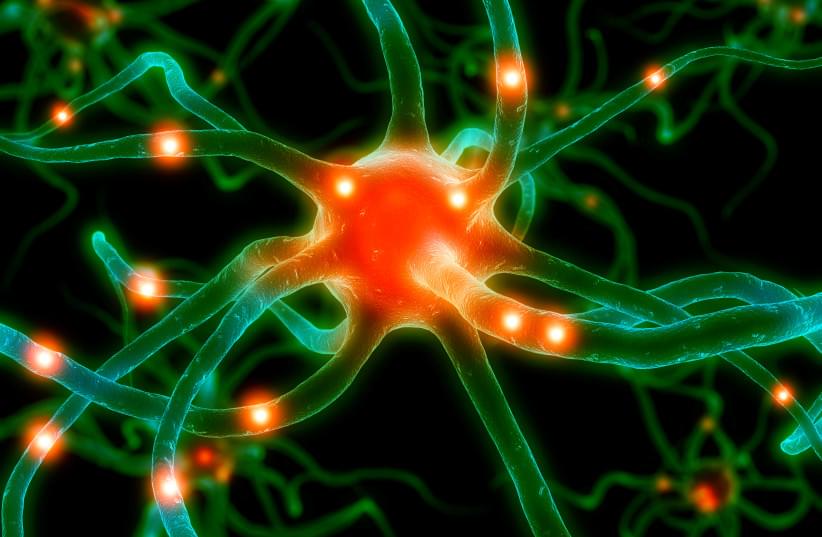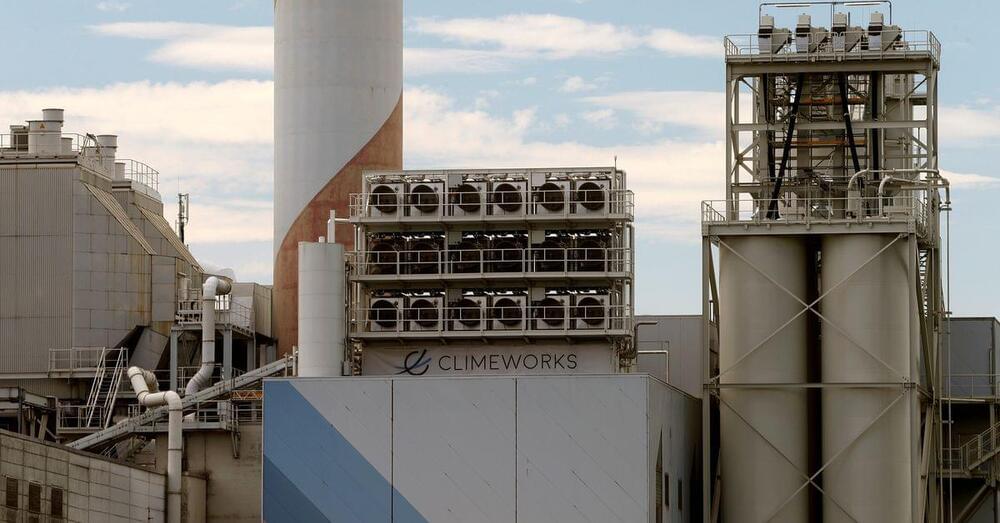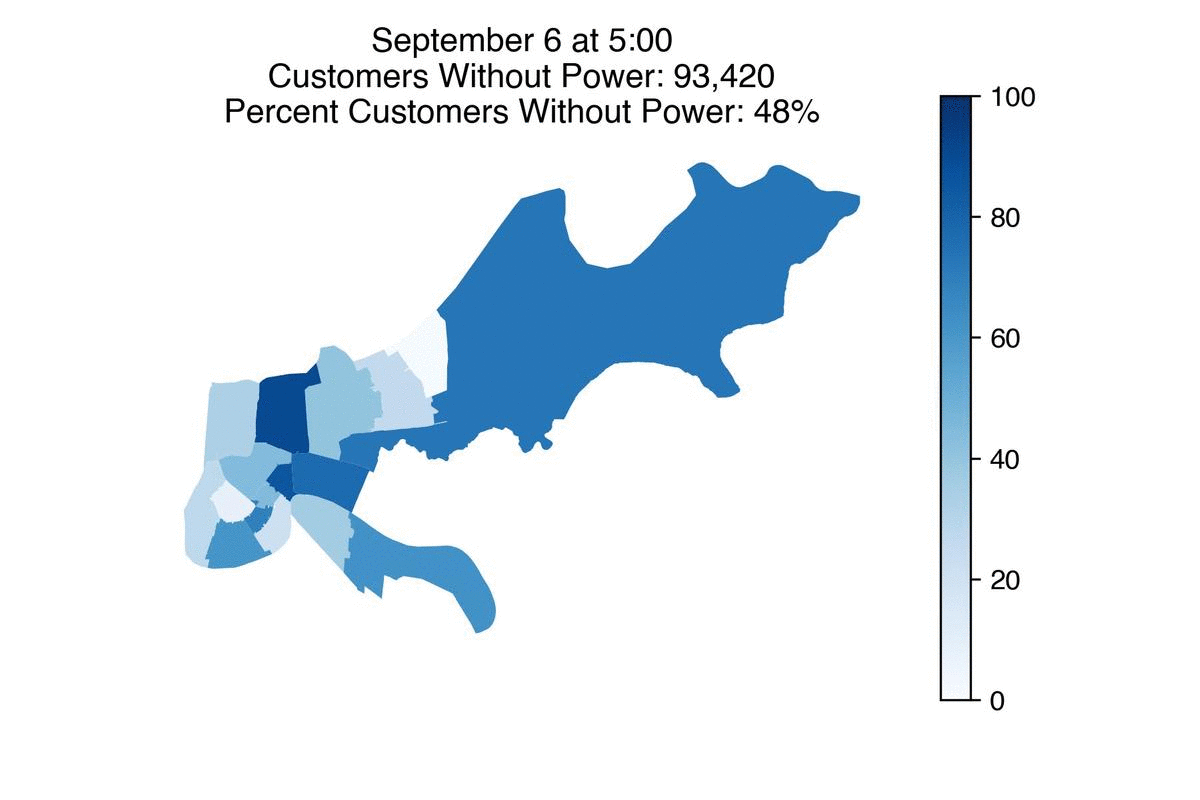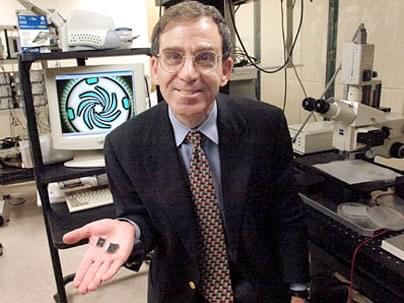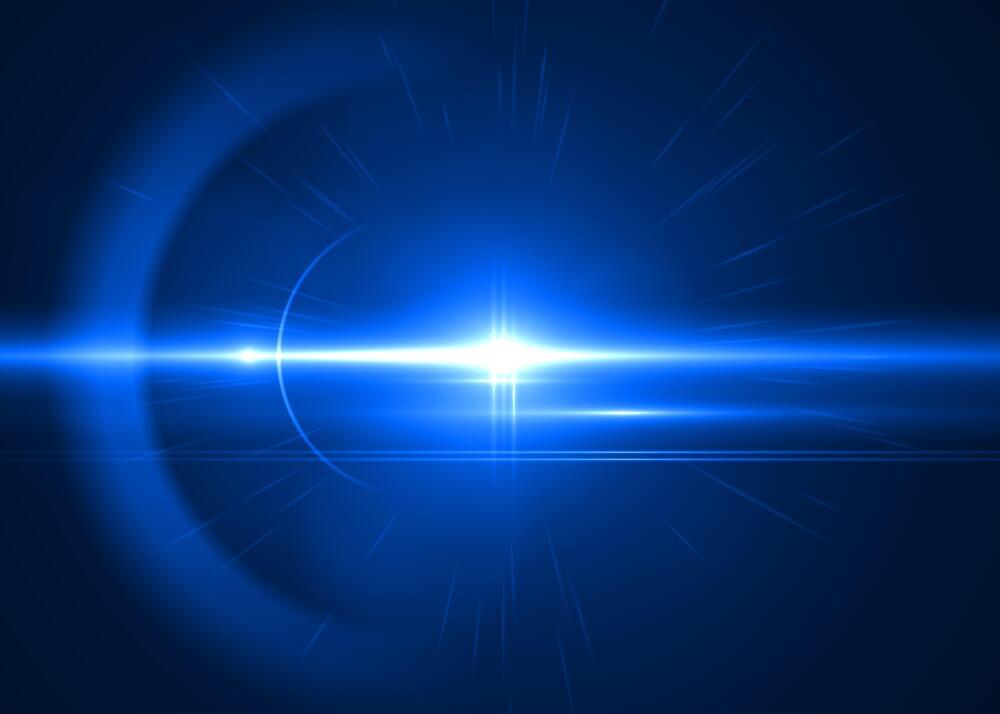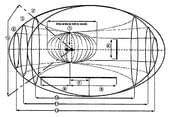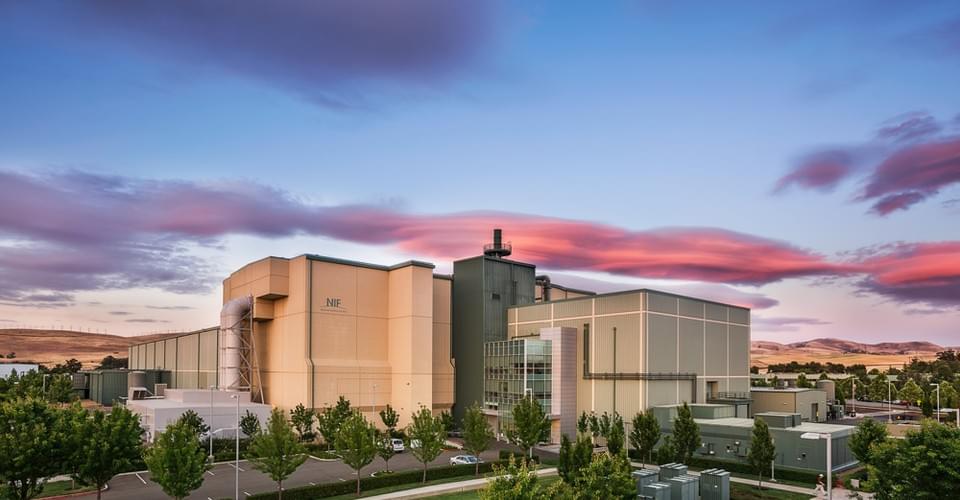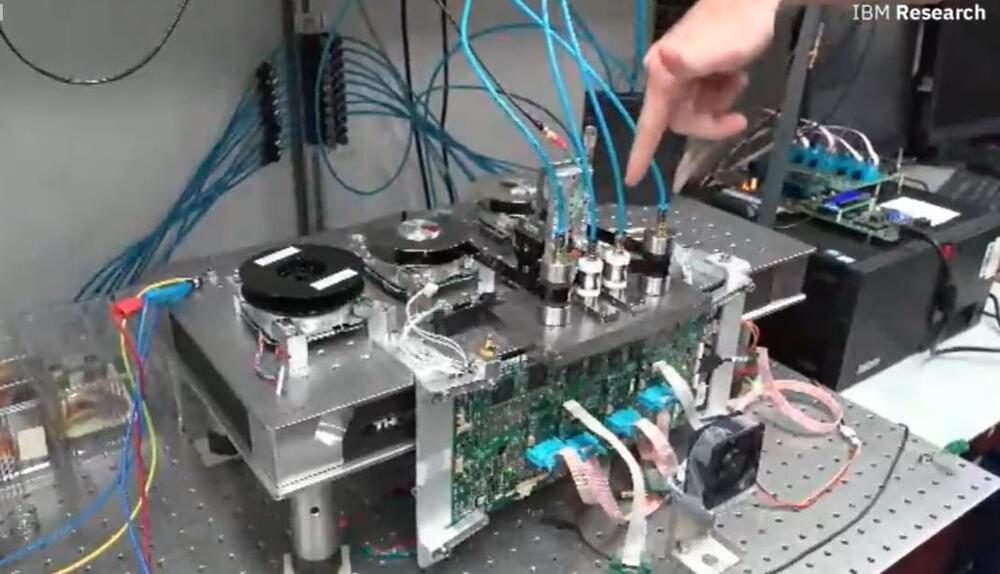The objective of the Hebrew University of Jerusalem research is to create a deep-learning artificial infrastructure that will act like a human brain.
COPENHAGEN, Sept 8 (Reuters) — The world’s largest plant that sucks carbon dioxide directly from the air and deposits it underground is due to start operating on Wednesday, the company behind the nascent green technology said.
Swiss start-up Climeworks AG, which specialises in capturing carbon dioxide directly from the air, has partnered with Icelandic carbon storage firm Carbfix to develop a plant that sucks out up to 4,000 tons of CO2 per year.
That’s the equivalent of the annual emissions from about 790 cars. Last year, global CO2-emissions totalled 31.5 billion tonnes, according to the International Energy Agency.
Entergy has restored power to more than half a million of its customers, Louisiana’s largest utility said Tuesday morning.
But there are still roughly 370,000 customers without power across the state, with about 50,000 of them in New Orleans. Entergy expects 90% of its customers in the city to have power back Wednesday.
Some neighborhoods such as Venetian Isles will likely take longer due to more damage in those areas. Details of power restoration timelines for specific neighborhoods in New Orleans can be found here.
Circa 2006
MIT researchers are putting a tiny gas-turbine engine inside a silicon chip about the size of a quarter. The resulting device could run 10 times longer than a battery of the same weight can, powering laptops, cell phones, radios and other electronic devices.
It could also dramatically lighten the load for people who can’t connect to a power grid, including soldiers who now must carry many pounds of batteries for a three-day mission — all at a reasonable price.
The researchers say that in the long term, mass-production could bring the per-unit cost of power from close to that for power from today’s large gas-turbine power plants.
What we need now is an expansion of public and private investment that does justice to the opportunity at hand. Such investments may have a longer time horizon, but their eventual impact is without parallel. I believe that net-energy gain is within reach in the next decade; commercialization, based on early prototypes, will follow in very short order.
But such timelines are heavily dependent on funding and the availability of resources. Considerable investment is being allocated to alternative energy sources — wind, solar, etc. — but fusion must have a place in the global energy equation. This is especially true as we approach the critical breakthrough moment.
If laser-driven nuclear fusion is perfected and commercialized, it has the potential to become the energy source of choice, displacing the many existing, less ideal energy sources. This is because fusion, if done correctly, offers energy that is in equal parts clean, safe and affordable. I am convinced that fusion power plants will eventually replace most conventional power plants and related large-scale energy infrastructure that are still so dominant today. There will be no need for coal or gas.
A method for employing sinusoidal oscillations of electrical bombardment on the surface of one Kerr type singularity in close proximity to a second Kerr type singularity in such a method to take advantage of the Lense-Thirring effect, to simulate the effect of two point masses on nearly radial orbits in a 2+1 dimensional anti-de Sitter space resulting in creation of circular timelike geodesics conforming to the van Stockum under the Van Den Broeck modification of the Alcubierre geometry (Van Den Broeck 1999) permitting topology change from one spacelike boundary to the other in accordance with Geroch’s theorem (Geroch 1967) which results in a method for the formation of G{umlaut over ()}odel-type geodesically complete spacetime envelopes complete with closed timelike curves.
Circa 2014
Scientists researching nuclear energy have made a breakthrough in nuclear fusion with an experiment that generated more fuel than was put in.
Circa 2020
IBM knows how to adapt to an ever-changing enterprise tech landscape. The venerable company more almost 20 years ago shed its PC business – selling it to Lenovo – understanding that that systems were quickly becoming commodity devices and the market was going to stumble. A decade later IBM sold its X86-based server business to Lenovo for $2.3 billion and in the intervening years has put a keen focus on hybrid clouds and artificial intelligence, buying Red Hat for $34 billion and continuing to invest its Watson portfolio.
However, that hasn’t meant throwing out product lines simply because they’ve been around for a while. IBM has continued to upgrade its mainframe systems to keep up with modern workloads and the bet has paid off. In the last quarter 2,019 the company saw mainframe revenue – driven by its System z15 mainframe in September 2019 – jump 63 percent, a number followed the next quarter by a 59 percent increase.
Tape storage is a similar story. The company rolled out its first tape storage device in 1,952 the 726 Tape Unit, which had a capacity of 2MB. Five decades later, the company is still innovating its tape storage technology and this week said that, as part of a 15-year partnership with Fujifilm, has set a record with a prototype system of 317 gigabits-per-square-inch (GB/in2) in areal density, 27 times more than the areal density of current top-performance tape drives. The record, reached with the help of a new tape material called Strontium Ferrite (SrFe), is an indication that magnetic tape fits nicely in a data storage world of flash, SSDs and NVMe and a rising demand for cloud-based storage.
Black holes were once thought not to have pressure, but a new set of quantum calculations has found that they may have some at their edges, which was completely unexpected.
Using a groundbreaking new technique at the National Institute of Standards and Technology (NIST), an international collaboration led by NIST researchers has revealed previously unrecognized properties of technologically crucial silicon crystals and uncovered new information about an important subatomic particle and a long-theorized fifth force of nature.
By aiming subatomic particles known as neutrons at silicon crystals and monitoring the outcome with exquisite sensitivity, the NIST scientists were able to obtain three extraordinary results: the first measurement of a key neutron property in 20 years using a unique method; the highest-precision measurements of the effects of heat-related vibrations in a silicon crystal; and limits on the strength of a possible “fifth force” beyond standard physics theories.
The researchers report their findings in the journal Science.
